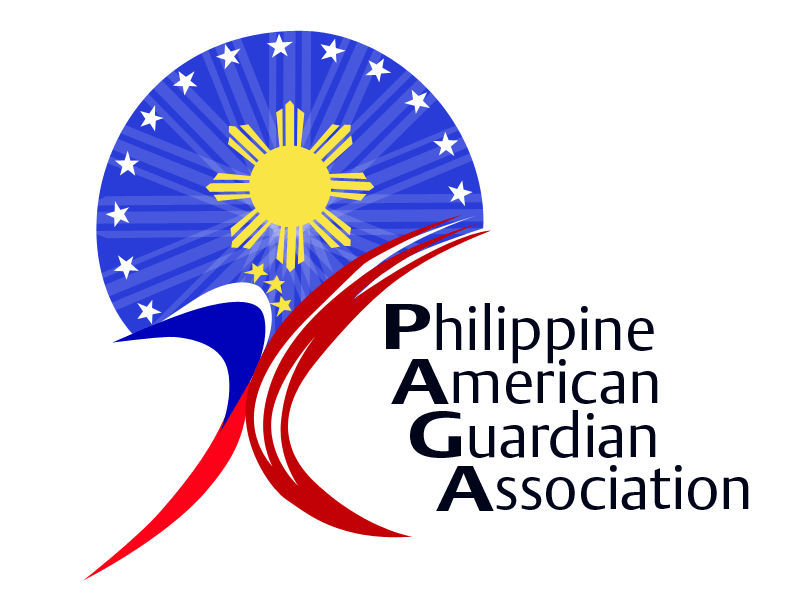Who are Filipino Amerasians?
 The term “Amerasians”, coined by Nobel Prize-winning author and activist Pearl S. Buck, refers to the children of Asian women and American soldiers stationed across Asia. Filipino Amerasians are abandoned and neglected biracial children of Filipino mothers and American fathers (mostly members of the US armed forces).
The term “Amerasians”, coined by Nobel Prize-winning author and activist Pearl S. Buck, refers to the children of Asian women and American soldiers stationed across Asia. Filipino Amerasians are abandoned and neglected biracial children of Filipino mothers and American fathers (mostly members of the US armed forces).
Amerasians in the Philippines substantially outnumber those living in neighboring countries. Estimates of the number of Filipino Amerasians, most fathered by men of the U.S. military, range from 50,000 to 250,000 individuals.
As a former US colony between 1898 and 1946, the Philippines was home to millions of US soldiers and their dependents, even after its independence. Until 1992, the country hosted two of the largest US military facilities outside the US – Clark Air Base and Subic Naval Base, which played major roles during the Vietnam and first Gulf wars.
In 1982 US Public Law 97-359, or the Amerasian Act of 1982, allowed children from Korea, Vietnam, Laos, Kampuchea, or Thailand to move to the US and eventually become American citizens, but those who were from the Philippines were excluded from the law, an exclusion which was upheld by the US Senate on the basis that many Filipino Amerasians were “conceived from illicit affairs and prostitution”, and were born during peacetime.
The ongoing and escalating tension between China and the Philippines over disputed territories in the South China Sea (known as the ‘West Philippine Sea’ by Filipinos) has motivated the Philippine government to expand again its military relationship with the United States, allowing many more U.S. soldiers access to Philippines military bases, raising the spectre of a significant increase in the Filipino Amerasian problem.
Learn more about the Filipino Amerasian issue:
- Amerasians in the Philippines – Wikipedia
- The Forgotten Amerasians – NY Times.com article
- No way home for Filipino ‘Amerasians’ – Al Jazeera
- Five times more ‘GI babies’than previously thought – Philstar
- Amerasian Research Network, LTD.
- Amerasian Photography Project
- The Continuing Conundrum of Southeast Asia’s 50,000 Filipino Military ‘Amerasians’
- Out of Sight, Out of Mind: United States Immigration Law and Policy as Applied to Filipino-Amerasians
- Upholding the Dangal (Dignity) of Biracial (Haphap) Children in Angeles City, Philippines

